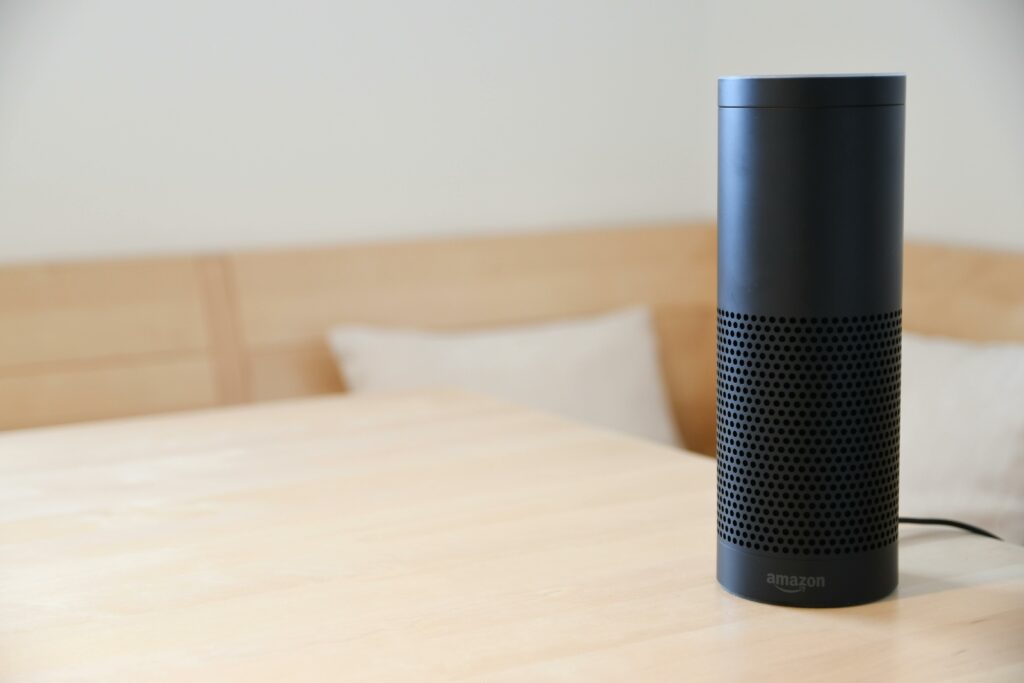Beginner’s Guide to Smart Home Features
Because living in the future shouldn’t feel like reading a tech manual.
Let’s clear something up right away: you don’t need to be a gadget geek or own a million-dollar house to enjoy smart home features. This isn’t about building the Batcave. It’s about making everyday life a little easier, safer, and maybe even more fun.

If you’ve ever thought, “I don’t even know where to start,” you’re not alone. Smart home tech can feel overwhelming — like it’s all or nothing. But in reality, it’s more like ordering off a menu. You can start small. Mix and match. Add one thing at a time.
Here’s your no-nonsense, real-world guide to smart home basics — what they do, why they’re useful, and how to dip your toe in without frying your Wi-Fi.
So… What Is a Smart Home, Anyway?
A smart home is just a regular home — with devices that can talk to each other, respond to voice or app commands, and automate simple tasks. That’s it.
You don’t need to install wall panels or rewire your house. All you really need is Wi-Fi and a smartphone.
Start Simple: Entry-Level Smart Features That Make a Difference
If you’re new to this, these are the easiest (and most satisfying) features to start with.
1. Smart Plugs
Think of these as on/off switches you control from your phone.
- Turn lights on from bed
- Schedule your coffee maker
- Shut off your curling iron from work
- Set up timers for holiday lights
They cost about $10–$25, don’t need a hub, and can instantly make your home feel futuristic.
2. Smart Bulbs
Screw in a smart bulb, connect it to an app, and now you can:
- Turn lights on/off remotely
- Dim or brighten without a dimmer switch
- Change colors (mood lighting, anyone?)
- Schedule lighting while you’re out of town
Most work with Alexa, Google Assistant, or Siri — so you can say things like, “Turn off the lights in the living room” and boom. Magic.
3. Voice Assistants (Alexa, Google Assistant, Siri)
Think of these as the brains of your smart home — but they’re not required.
They let you control devices with voice commands and often serve as the “hub” for connecting your other gadgets.
If you’re not ready to go full voice-control, that’s okay. Most devices also work via apps.
Smart Home, Smarter Safety
If you want peace of mind without getting overwhelmed, focus on security-focused features.
4. Smart Doorbells (like Ring or Nest Hello)
They let you:
- See who’s at the door (even if you’re not home)
- Talk to visitors remotely
- Record motion or activity near your entryway
You can even catch package thieves or check if the pizza’s arrived. It’s like having eyes on your porch, 24/7.
5. Smart Locks
Forgot to lock the door? No need to panic.
With smart locks, you can:
- Lock or unlock from anywhere
- Give guests or family temporary codes
- Check whether the door is secure without driving home
Bonus: no more hiding keys under the mat.
6. Smart Cameras
Indoor or outdoor, these let you monitor your space through your phone. Look for models that have:
- Motion detection
- Night vision
- Two-way audio
- Cloud or local storage options
If you’re feeling nervous about privacy, choose brands with strong encryption and read those settings carefully.
Smart Features That Make Life Comfier (and Cheaper)
Not everything is about security. Some smart gadgets are just about making your home work for you.
7. Smart Thermostats
These learn your habits and adjust heating/cooling automatically. You can:
- Change temps from your phone
- Schedule comfort settings
- Save on energy bills over time
Some even know when you leave the house and adjust accordingly. They pay for themselves within a year for many homes.
8. Smart Sensors
These little guys monitor things like:
- Room temperature
- Humidity
- Open doors/windows
- Water leaks (super useful for basements and under sinks)
You don’t think you need one — until you catch a leak before it ruins your floor. Then it feels priceless.
“Do I Need a Smart Hub?”
Probably not — at least not right away.
Many modern smart devices connect directly to your Wi-Fi or to your voice assistant. But if you plan to connect lots of devices (like 15+), a smart hub (like Samsung SmartThings or Apple HomeKit) can help everything work more smoothly together.
Start small. You’ll know when you’ve outgrown app-juggling.
What About Setup? Is This Gonna Be a Headache?
Honestly? Not really.
Most smart home products are plug-and-play these days. You install the app, follow a few steps, connect to Wi-Fi, and you’re done in 5–10 minutes. If you can install a phone app and scan a QR code, you can set up a smart plug.
Just don’t forget your Wi-Fi password.
Bonus Tips for First-Timers
- Don’t go all-in at once. Start with one thing (like a smart bulb) and see how it fits into your life.
- Stick to one brand ecosystem if possible. Mixing and matching is fine, but using one brand for multiple devices can make things smoother.
- Check compatibility. Some devices only work with certain voice assistants or phones. Read the box before you buy.
- Watch out for subscription fees. Some cameras and services charge monthly for extra features. Know what you’re paying for.
Final Thoughts: Start Where You Are — Not Where Instagram Is
Smart homes aren’t just for tech nerds or luxury builds. They’re for busy people who want to simplify life a little. They’re for parents who want to check in from work. For folks with mobility challenges who want more control. For anyone who’s ever said, “Did I turn that off?”
You don’t have to wire your house like Tony Stark. Just pick one thing that would make your day easier — and go from there.
Because at the end of the day, the best smart home is the one that makes your life a little calmer, a little safer, and a whole lot simpler.







